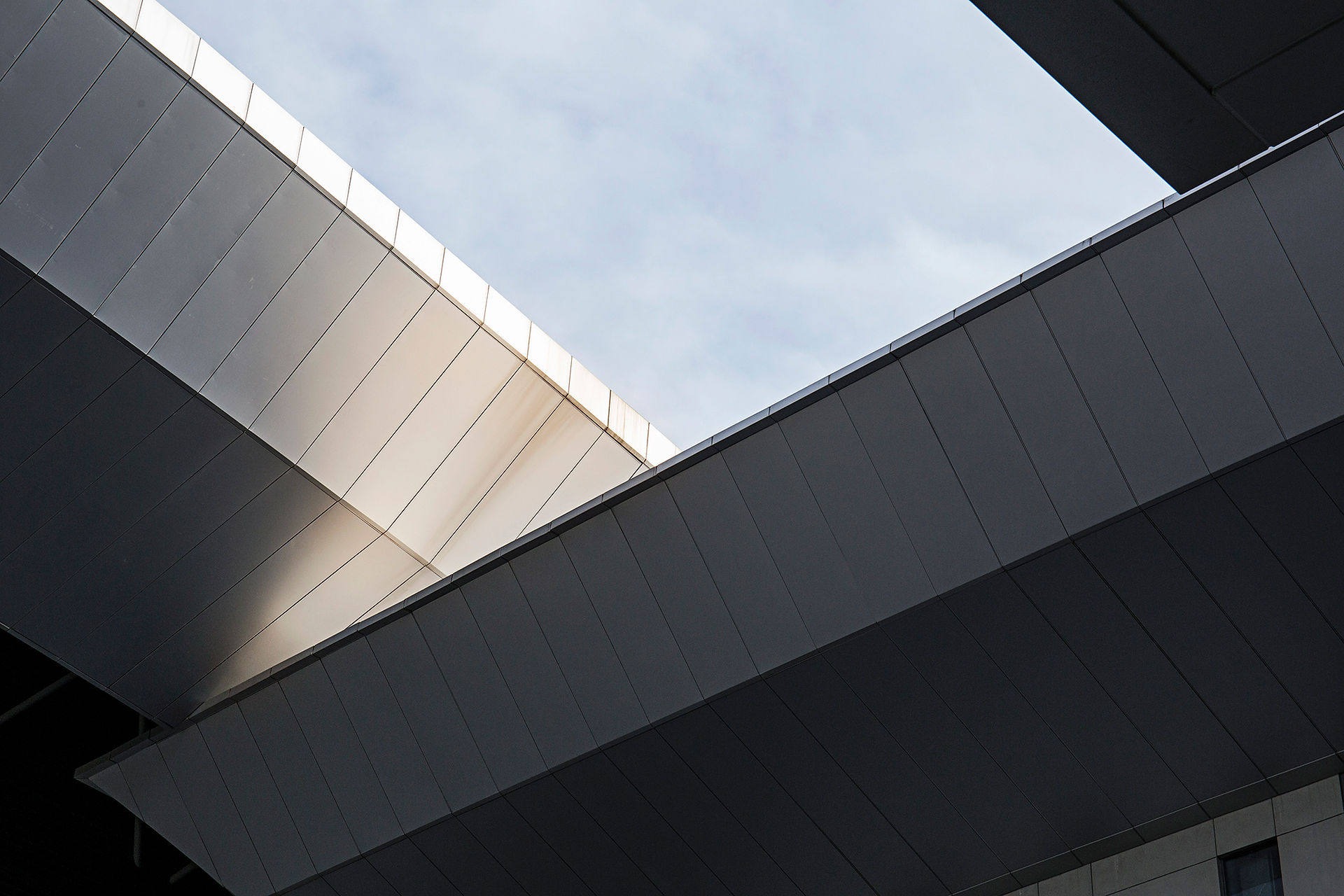As designers, we have a unique obligation and opportunity to improve the impact of the building environment. The built environment can help to achieve a new era of global wellness. One of the most impactful strategies is the use of passive solutions have helped live in harmony with nature.
In 2020, the first time that AEC's team explored ways to design a modular retreat to be assembled on site using mainly recyclable and local materials. The building can be dismantled and relocated partially to another site. Through the use of site analysis, resident-analysis, precedent studies and historical analysis, the design team developed a specific design proposals.

The design of "KH retreat" required both flexibility and resilience to respond to seeks to emphasize the closeness to nature while allowing a comfortable stay indoors. The fragmented volumes of the building is mixed with natural elements for seamless indoor-outdoor flow.
Thanks to natural cross ventilation, built in insulation through the roof and rammed earth maintains the space will have a cool and constant temperature. Designed according to these thermal mass principles, the architectural earth formation naturally doesn’t need an air-conditioning system, the site would run on solar panels and rainwater collection systems.
Conditioning a building is one of the largest sources of a building’s energy consumption. Finding opportunities to covered, open-air, perimeter-adjacent areas relieves the need to conditioning these spaces. If shielded from the sun and wind appropriately, these spaces can be used throughout the year in tropical climate zones.

A Connection to nature and the outdoors are vital, indoor-outdoor flow is seamless with large doors and covered architectural textile membrane canopies. The perimetric openings provide passive cooling and fresh air circulation within the interior, natural daylight that penetrates into the space, reducing the need for artificial lighting.
The retreat’s footprint minimizes cut and fill of the landscape as well as the destruction of the vegetation within the site. The final result will be used by the client as a guide for site development in Cambodia leading to the creation of an innovative retreat tailor-made for tropical destinations.
Please contact us to start a conversation about how our consulting services can support you.


Comments